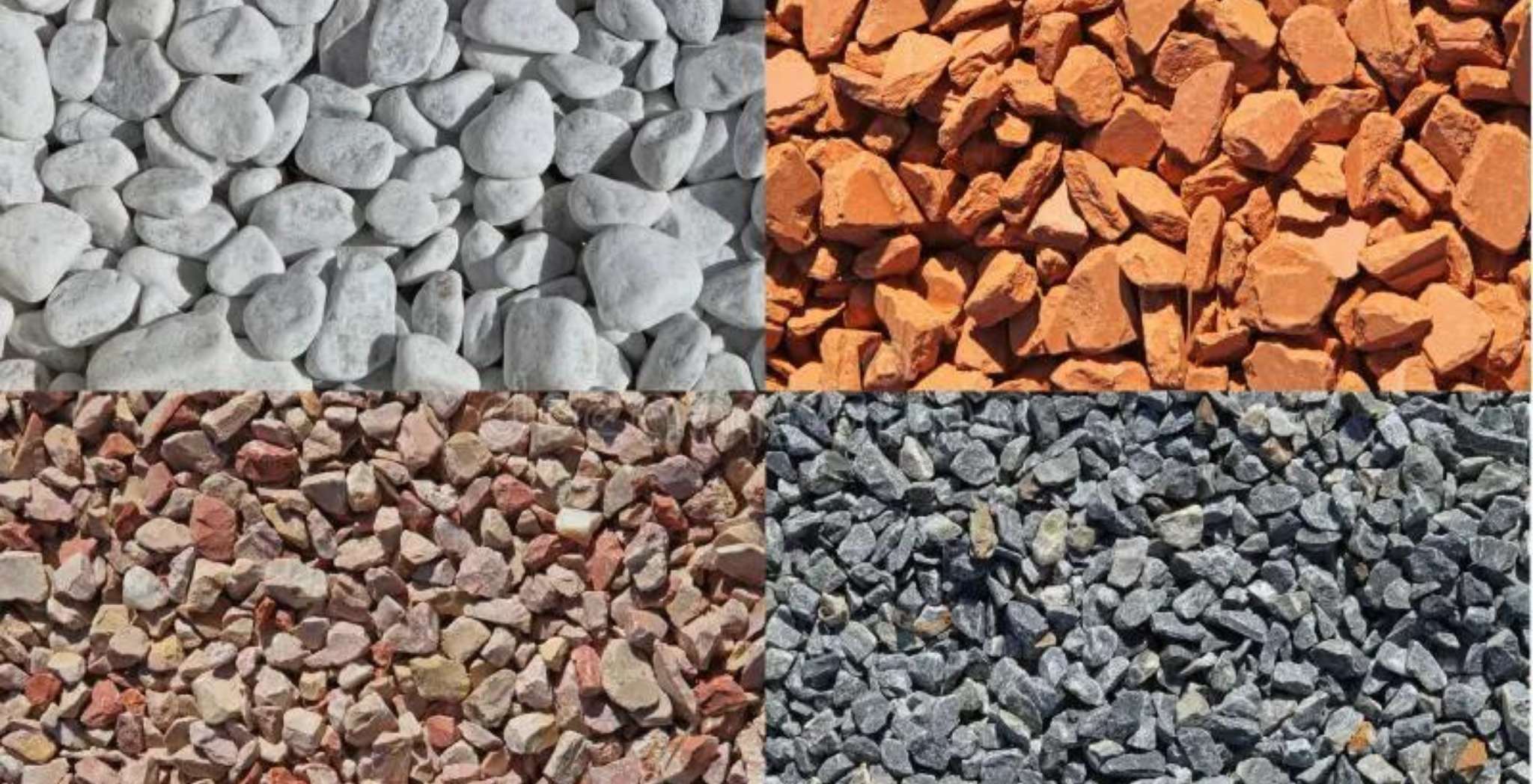Modern Uses of Cobbles in Contemporary Landscape Design
In contemporary landscape design, the use of traditional materials often serves as a bridge between the past and the present. Cobbles , with their rich history and timeless appeal, have found a resurgence in modern landscape design. Once reserved for cobblestone streets and historic town squares, cobbles are creatively integrated into contemporary landscapes. This revival is not just an aesthetic choice; it reflects a growing desire to blend heritage with innovation, sustainability, and functionality. In this exploration, we will delve into the modern uses of cobbles in contemporary landscape design, from their environmental benefits to their versatile applications. Historical Significance Cobbles, also known as cobblestones, have been used for centuries in various parts of the world. Their history can be traced back to ancient civilizations, including the Greeks and Romans, who used these naturally rounded stones for road construction. In medieval Europe, cobbles became a staple for
